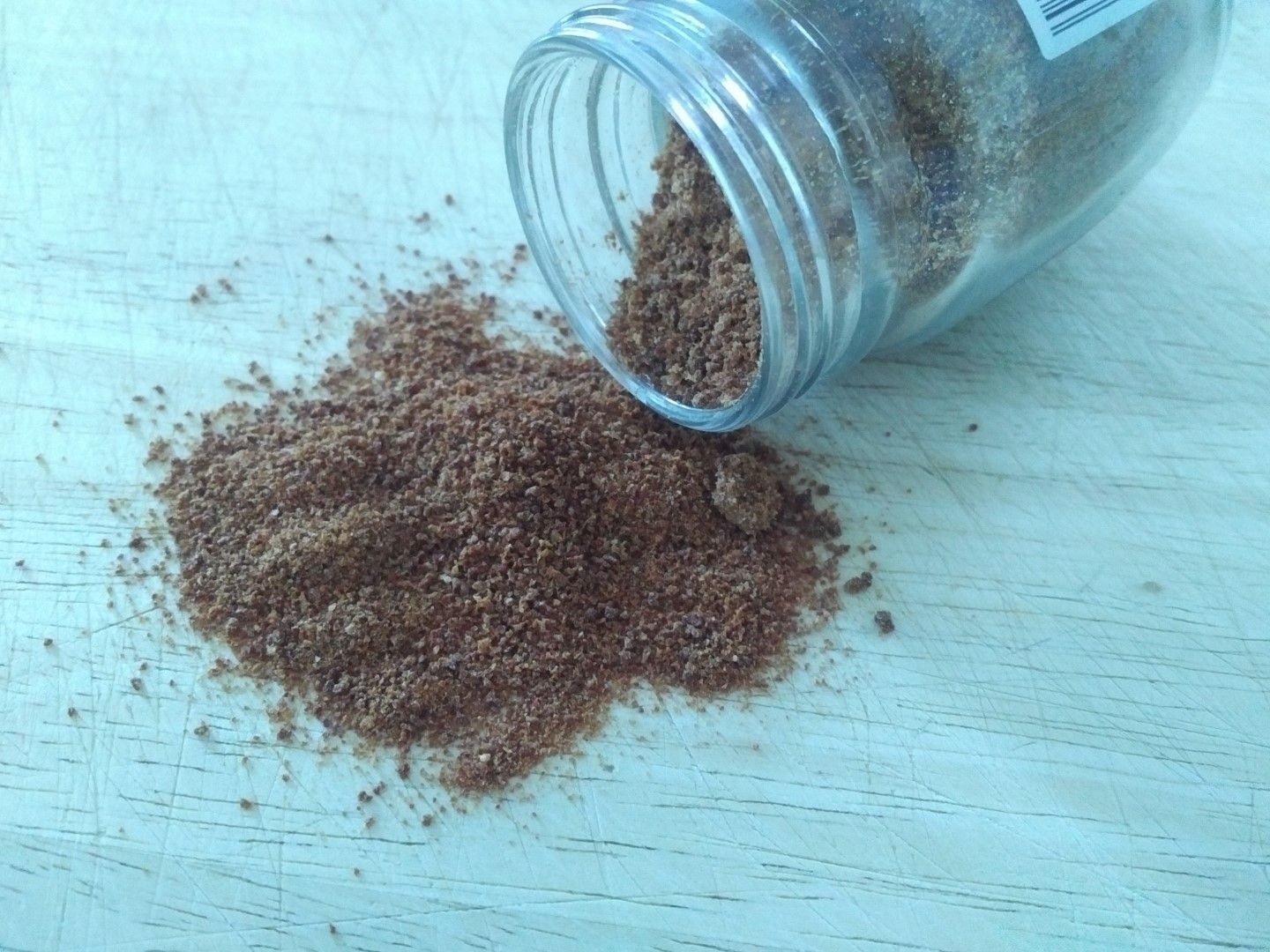The first time I heard of, and tasted, Bottarga, was at the macrobiotic restaurant in the town I was living in. It was not quite what you would call a mainstream restaurant. Tucked away in a courtyard, with low lighting and a very zen atmosphere. This was sometime in the early 90s. Bottarga di muggine was listed as one of the ingredients for one of the dishes. I had to ask.
The origins of Bottarga
Bottarga, or cured fish roe, is known as “Mediterranean caviar”, or the “poor man’s caviar” and dates back around 3000 years. The name originates from the Arabic word buttarikh (singular: butarah) meaning ‘raw fish eggs’, which in turn comes from the Greek oiotarikhon, meaning ‘pickled eggs’. The Italian name, bottarga, originated somewhere around the 1500s, and appears in the earliest printed cookbook De Honesta Voluptate published in 1474.
What is bottarga and how is it prepared?
Fishermen in the Mediterranean came up with this method of preserving fish roe to use every part of the fish they caught. The processing method varies slightly but it is basically the same. The sac containing the eggs is extracted in one piece, which is then washed with iced water and massaged by hand to remove air pockets. This is then cured in sea salt for a few weeks. The salt turns it into slabs which are washed again and moved to a well ventilated and dry “ageing room” to dry, hanging from the ceiling or laid on wooden shelves.
The result is a hard dry slab which is usually sliced or grated and confers food a distinctive salty flavour reminiscent of the sea.
Nothing goes to waste in the process. The sacs that break are still used and turned into powdered versions of Bottarga.
The fish used to make this delicacy depends on the area where it is produced. Usually Bottarga is made from tuna, grey mullet or swordfish roe. The most common type of bottarga is made from bluefin or yellowfin tuna. It has a darker colour varying from light pink to brown, and a stronger taste. It also requires a longer processing time of up to 30 days. This type is common in the Italian island of Sicily.
In Sardinia and Tuscany, the more refined and expensive type of bottarga is normally produced. This is made from grey mullet roe. It can be distinguished by its golden, amber colour and has a more delicate taste. Unlike Sicilian tuna bottarga, which is usually made after tuna season ends in May, mullet bottarga is made in September.
In Sardinia alone 450 tonnes are reportedly consumed every year! To be able to meet the high demand, fish has to be shipped in.
Other countries where you will find it
Although most known from its use in Italian cuisine, where it can be used in a variety of dishes, Bottarga is not exclusive to Italy. This “sea truffle” or Mediterranean caviar can be found, as the name suggests, around the Mediterranean in countries as diverse as Croatia, Egypt, France (called boutargue, except in Provence where it is called poutargue), Greece (called avgotaraho), Turkey and Spain.
In Asia, you can find Japanese karamusi and Korean eoran, which are reminiscent of bottarga but milder in flavour.
Nutritional properties of Bottarga
Not surprisingly, since it is made from eggs, Bottarga is distinguished by its high protein content. You have approximately 35.5 grams of protein for every 100 grams of bottarga, and 25.7 grams of fat (think cholesterol). It also comes into to a whopping 373 kcalories per 100 grams. Then again, you are not likely to consume more than a few grams per sitting.
It is best avoided if you are trying to follow a low sodium and low fat diet, though! If it is a high protein diet you are after then this is for you.
Interestingly, bottarga contains some useful aminoacids (proline and glutamic acid) which help the biosynthesis of proteins, as well as an essential amino acid – which the body cannot synthesise and has to get from food – lysine. Lysine helps prevent cold sores, reduce anxiety, promote wound healing and is an important building block of proteins.
How it is used in the kitchen
The dry slabs are finely sliced (in the same way you might slice a truffle) or grated over pasta dishes, bruschette, risotto or even mixed with olive oil and sprinkled over salads. It pairs extremely well with artichokes, and confers a distinctive sea flavour to all dishes. It can be used with meat dishes, shellfish, seafood and even soft mild cheeses such as ricotta.
My personal favourite is sprinkled with olive oil over a steaming hot plate of wholemeal spaghetti, but I have used it in lieu of salt in many other dishes including sautéed green leafy vegetables.
Whatever you do, it is one of those delicacies which is worth trying at least once in your life.
Buon Appetito!


